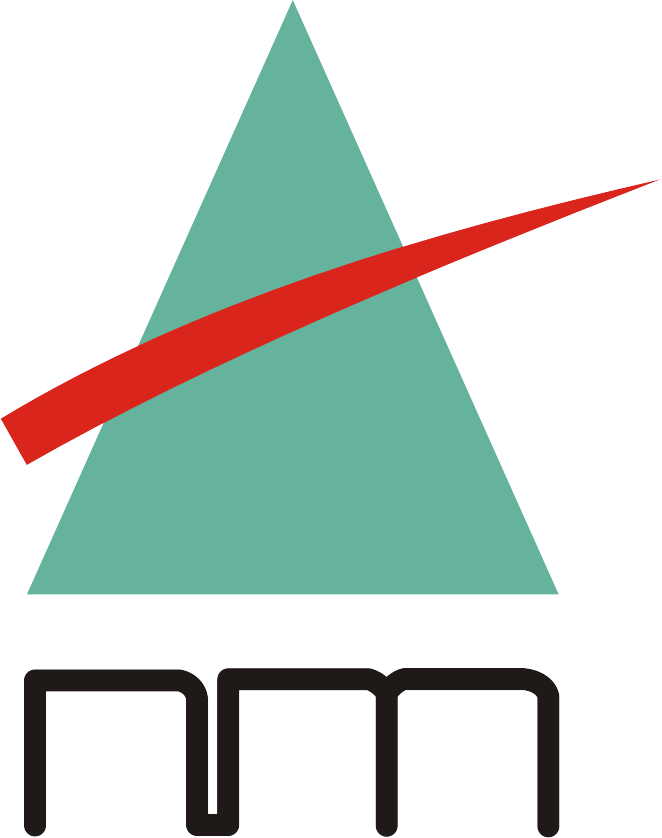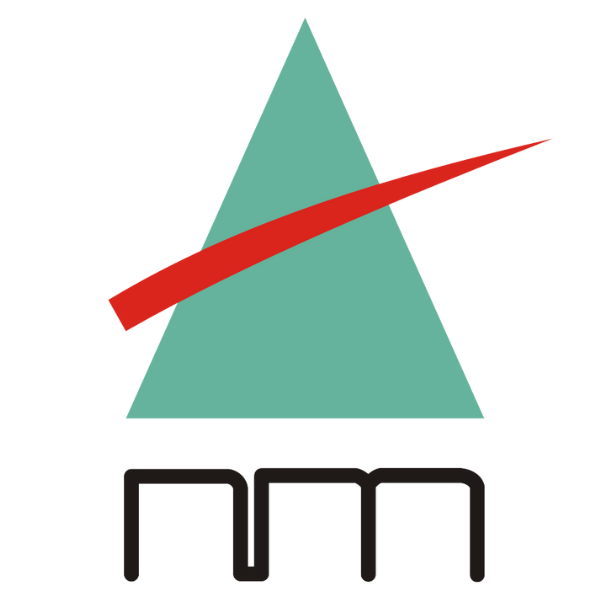Five-S - A Saga of Success in Power & Steel Unit
Success stories that created impact in the last 25 years
Five-S (5S), abbreviated from the Japanese words seiri, seito, seiso, seiketsu, shitsuke, is not just a methodology; it is a culture that has to be built in to any organization which aims for spontaneous and continuous improvement of working environment and working conditions. It involves everyone in the organization from the top level to bottom. The Japanese developed this simple and easily understandable words religiously practiced the philosophy of 5S at every aspect of their life and have made it a worldwide recognizable system.
A proper and step-by-step process has been suggested to be followed to make 5S a practice and a success. The PDCA (plan, do, check, act), or “Deming cycle,” of implementing 5S is effective. This is a never-ending process and has to follow a process approach. Implementation of 5S has been started with advisable to design “a project with time line.”
Following are the methods used for the 5S Implementation in the unit-Visual Organization
- Visual Standards
- Visual Equipment
- Visual Production/Inventory Control
- Visual Metrics/Displays
- Visual Safety
Outcomes after successful implementation:
- Reduce non-value adding activity,
- Reduce mistakes from employees and suppliers,
- Reduce time for employee orientation and training,
- Reduce search time in navigating the facility and location tools, parts and supplies,
- Reduce parts stored in inventory, and associated inventory carrying costs,
- Reduce unnecessary human motion & transportation of goods,
- Improve floor space utilization,
- Improve employee safety & morale,
- Improve product quality,
- Extend equipment life through more frequent cleaning and inspection.

